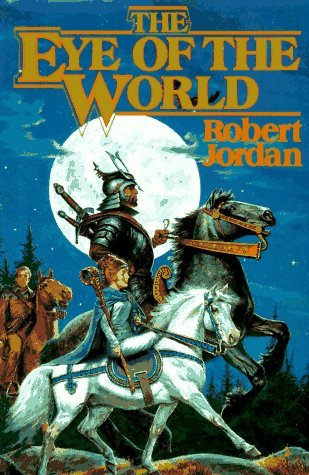A Meditation on Jeff Smith’s “Bone” and the Art of Adaptation
This article does NOT contain Spoilers.
When I was a teenager and falling in love with movies which went beyond Disney fare and special-effect-laden extravaganzas, one of my touchstones was a frayed hardcover from 1966 in my high school library. Stanley Kauffmann’s A World on Film opened my eyes, through its plethora of reviews of films I’d never even heard of, to how much potential those who work in the medium can achieve. There are still passages committed to my memory, among them his August 29, 1960 piece on Jack Cardiff’s film of Sons and Lovers which created a further obsession of mine: the question of adaptation.
Kauffmann spends the first half of the review pondering why adaptations in general almost always fall short of their source material. His conclusion is that people who have read the book will feel what is lacking, and people who haven’t find adaptations, in his words, “frequently unsatisfactory…for the screenwriters are to some degree hobbled by the book and cannot follow their best cinematic instincts.” What Kauffmann meant by this is that film and literature work in two different ways. Literature, fiction or non-fiction, is an interior art, able to plumb emotional and psychological depths and leaving the look of setting, character, and action to the reader’s imagination. Film is an exterior art of explicit visuals which has developed its own storytelling conventions and means of pacing. Often, the core elements of a great novel—characters, themes, basic plot—would make a great movie if they were used as the basis for a new telling of the story, but adapters so often get hung up on an overly respectful conception of fidelity to the source that instead they produce what Kauffmann describes as “illustrated scenes from a novel.” This is a path which produces no guarantee of success at best and failure at worst.
For example, Sons and Lovers, which ended up a reasonable hit and garnered multiple Oscar nominations, was produced by Jerry Wald, who in the late fifties masterminded a string of films which raked in profits and considerable reviews and awards attention. Wald’s tactic was to create adaptations of well-known novels with reputations for being “adult” and put them on the big screen with enough suggestions of sex and other unmentionables to stay within the bounds of the Hays Code. Besides Sons and Lovers, Wald had smashes with Peyton Place and the William Faulkner-based The Long, Hot Summer, although The Sound and the Fury was not quite as popular.

Did Faulkner know he was breaking the unwritten commandment? And that Yul Brynner with a hairpiece would play Jason?


